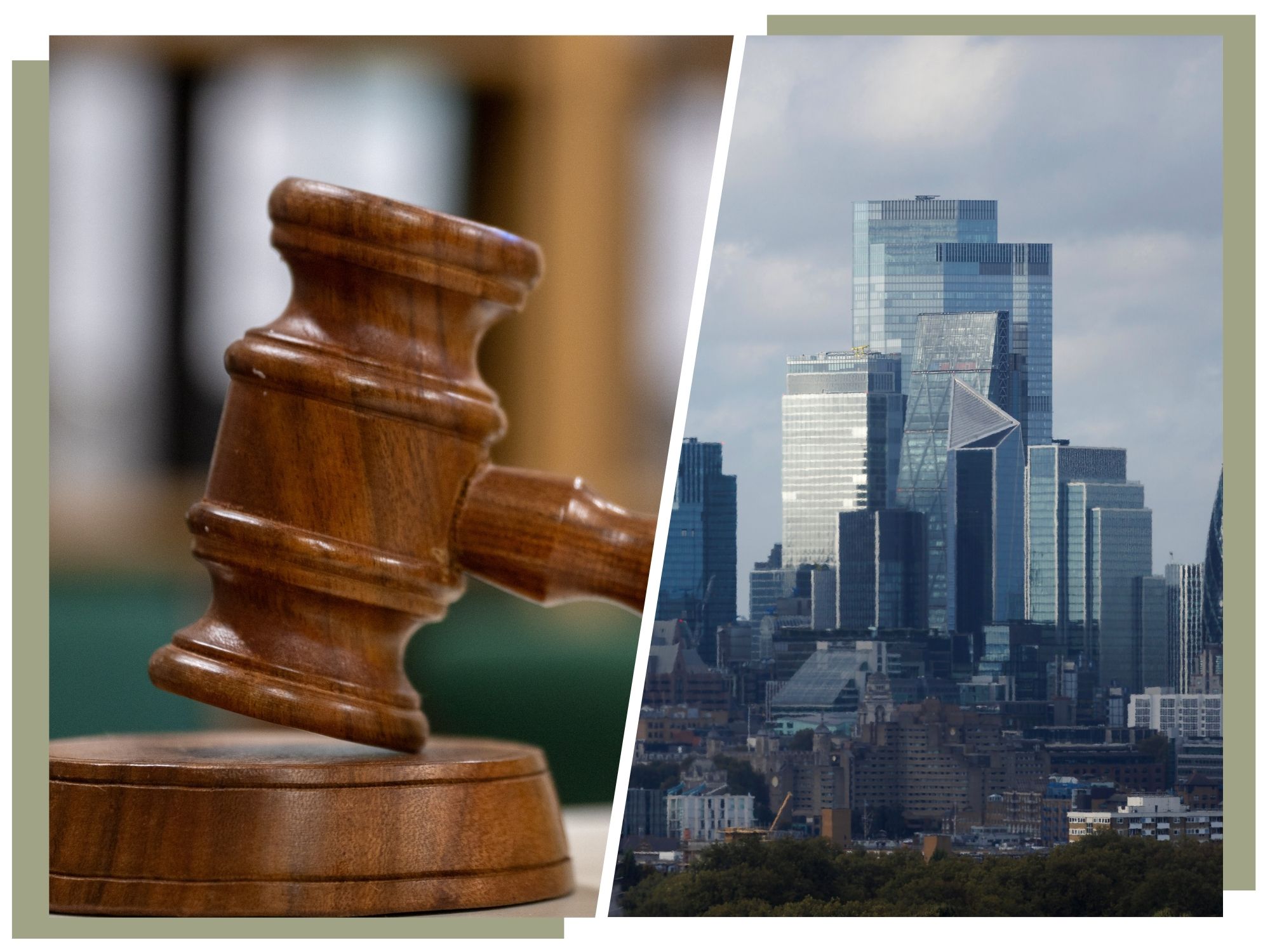
Smith and Partner, a London-based art investment firm facing liquidation in a British bankruptcy court, has been accused of a scheme that allegedly defrauded $11 million from more than a thousand investors. Liquidators are seeking some $17 million in compensation.
The company was founded by Austrian citizen Peter Paul Adam in 2015, who resigned as director in January 2017. Luke Sparkes took over in 2018, and complaints about the company began surfacing, including allegations of high-pressure sales tactics.
Allegedly, investors were persuaded to buy “limited edition” art prints with promises of significant future returns. Still, the company rarely followed up with resale options, leaving many investors unable to profit from their purchases.
One investor, Philip Remillard, told the London Times that he spent £92,000 ($117,000) to purchase 33 prints between 2021 and 2022. The company assured him that it would manage and sell the works, but only sold one in 2023, netting him a profit of £178 ($226).
“They kept making excuses when nothing was being sold,” he said. “The one that was sold was after several weeks of me pestering them for answers, but they soon stopped responding.”
The liquidators allege Smith and Partner gave investment advice, but Sparkes has claimed the company was a simple art dealer. Its brochures, however, advertised “access to wealth management facilities” and noted that clients would be assigned a “dedicated broker.”
By 2020, the number of complaints against the company grew. The company’s bank froze its account for suspicious transactions and British Trading Standards, the government agency tasked with consumer protections, began an investigation.
Sparkes, in 2021, then created Zeno Fine Art, a company specifically established to supply art to Smith and Partner, allegedly allowing him to control pricing and inflate the cost of prints sold to investors, sometimes by nearly 500 percent. The company also allegedly promised placement of works owned by their clients in high-profile art auctions, even though no such auction was planned. Bankruptcy processes for insolvency began in July 2023.
In January, orders were issued to freeze the assets of Sparkes, Zeno Fine Art, and Callum Ahearne, a man who allegedly served as a “shadow director” of the company. Sparkes had sought to challenge the freeze orders in court, arguing the liquidators did not have a “good arguable case,” but Ahearne did not challenge them, court documents show.
High Court Chancellor Julian Flaux wrote in an October 4 decision published online that he was “quite satisfied the freezing order should be continued until trial or further order,” after representatives for the liquidators and the firm argued over the freeze orders in court.
“I consider that the applicants have a good arguable case… that, through the art investment scheme, the respondents carried on the business of the company with intent to defraud the creditors, i.e. the investors,” Flaux wrote.
Helen Mulcahy, a partner at the law firm Fieldfisher specializing in art law and dispute resolution, wrote in a blog post analyzing the case that the decision by the judge “is interesting,” even though it came from an application related to asset freeze orders.
“Art fraud claims do not often make it to a final court hearing,” Mulcahy wrote, adding that it would have been difficult “if not impossible” for any individual investor to recover money “diverted to Sparkes or his company.”
She also raised concerns from a progress report generated by the liquidators in July, which said that “follow-up scams were occurring with ‘agents’ claiming to be from the Insolvency Office were contacting investor creditors of Smith and Partner, seeking details of the claims and requesting payment for the ‘release of funds.’”